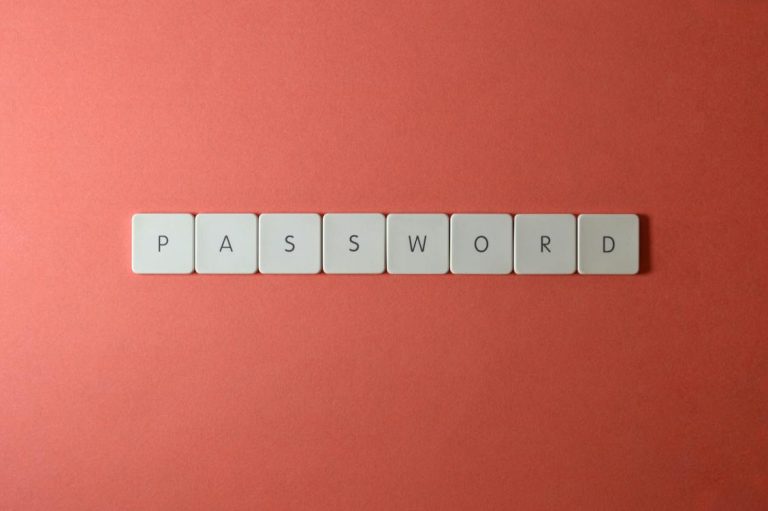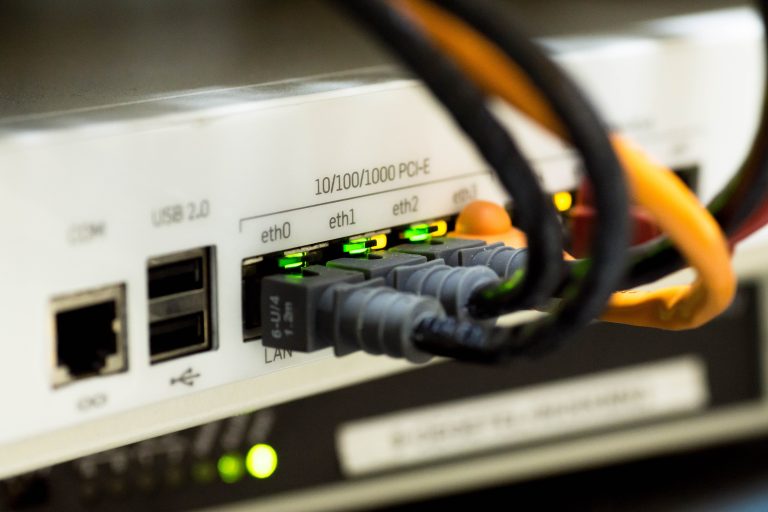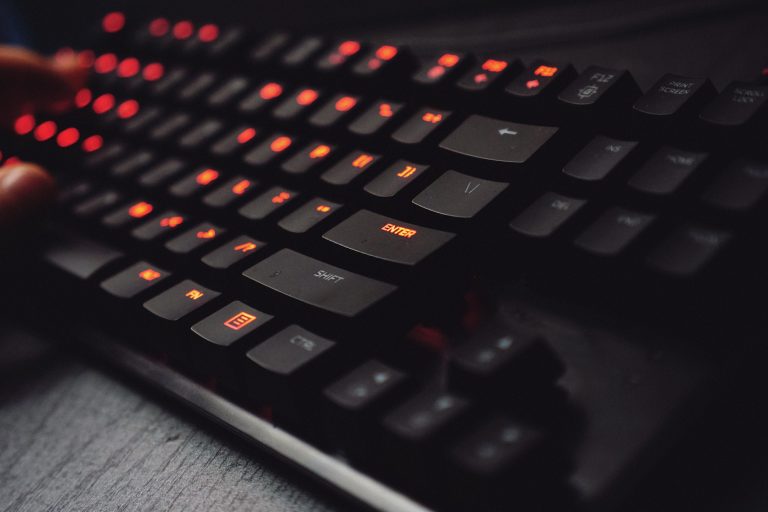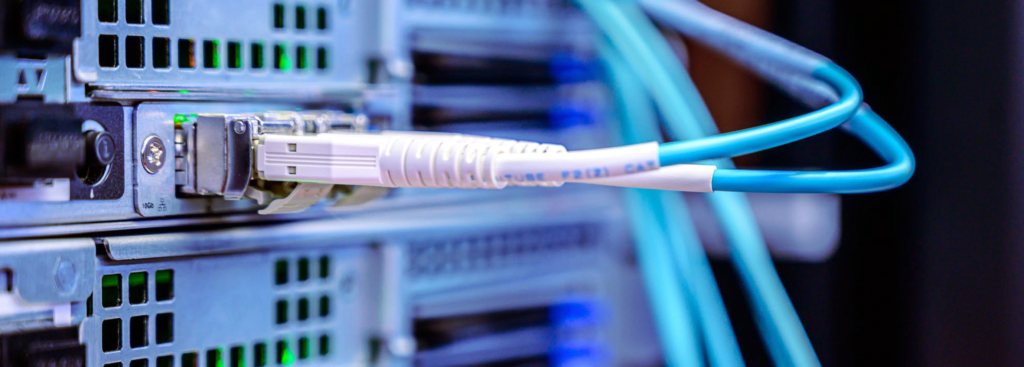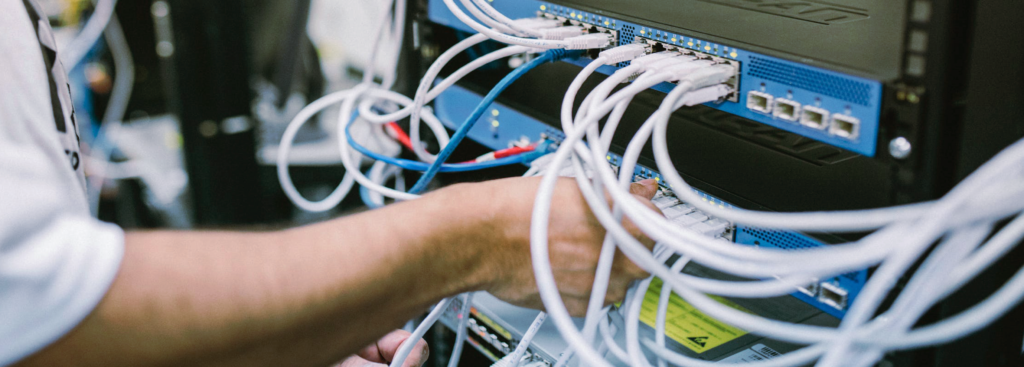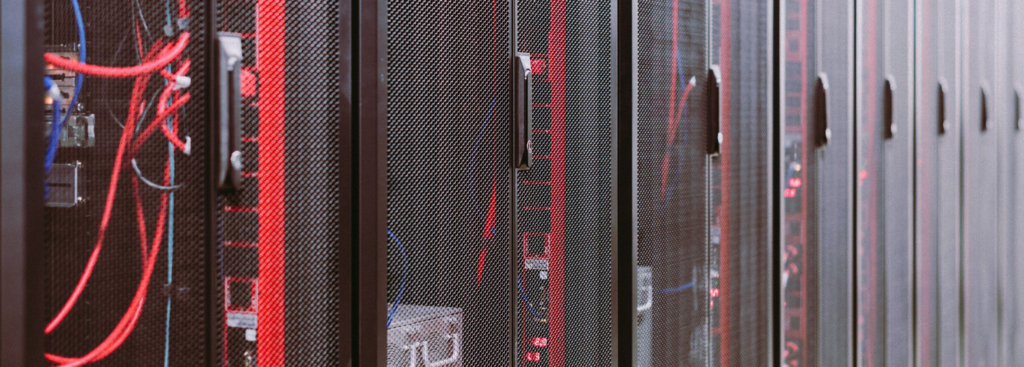Devices play a key role in many businesses, helping them to be more flexible and provide stronger and more effective communication, collaboration and productivity.
However, do you know what devices you should use? This device guide takes a look at what devices are available and what each of these devices are most suited to.
What is a Device?
The term “device” generally refers to any electronic element, such as a tablet, Smartphone and even the newer phablet. Below, we have provided you with some more information about each of these 3 devices to help you know more and to decide which to use for each of your tasks.
Device Guide
Mobile Device
A mobile is the smallest of these three devices, however, it still has a significant amount of functionality. Although their primary feature was once making phone calls, it is now much more than this.
There are a number of key players within the phone market, including Apple, Samsung and Google. The key operating systems that are used are iOS and Android. BlackBerry was once one of the key players for business portable devices. However, it is now overshadowed by other brands which provide users with the flexible functionality that they’re looking for.
Due to their size, mobiles are generally with us at all times throughout the day. This makes them the perfect device for saving information such as contacts and diary dates. We can also use them for giving us alerts and reminders. Additionally, mobile devices can also be connected to Wi-Fi and mobile data, allowing you to be connected virtually at all times. This makes a mobile device perfect for giving you email updates.
Phablet
A phablet is typically smaller than a tablet, but larger than a mobile phone. They are becoming increasingly popular due to their functionality and also their smaller size which makes them even easier to carry around at all times. In fact, it is estimated that by 2018, annual phablet sales will reach 120 million.
A key phablet device on the market is currently Samsung’s Galaxy Note which was launched in 2011.
Because a phablet is larger than a mobile, it is ideal for web browsing and viewing multimedia such as videos and images. Phablets often come with a stylus too, which makes it a useful device for taking notes, annotating documents or even drawing diagrams. Adding apps such as Evernote improves collaboration within a business as ideas from meetings or presentations can be quickly noted down and shared with colleagues.
Tablet
A tablet, or tablet computer is the largest of these three devices. This makes it the perfect device for viewing and writing content. It can be ideal if you’re travelling, as you can use it to read reports. Additionally, it can be an excellent device for presenting, as it has a good screen size for visibility.
A tablet is controlled through touchscreen technology. However, some people may find it easier to use a stylus, or detachable keyboard. A tablet is therefore useful in meetings where you can quickly and easily take notes.
Multi device culture
This device guide really shows how the technology we use and how we interact with it has significantly changed from the days of desktop PC’s and even laptops.
We are no longer satisfied with a static PC, we want more flexible options to help us do our work. A key change is our move towards a multi-device culture. Instead of using just a laptop, or just a phone, we are connected to multiple devices all at once. For example, we might be using our tablet to play a presentation to a colleague. At the same time, also taking notes on our phablet and getting updates from our mobile.
At Saxons, we’ve been helping businesses achieve their very best thanks to our industry-leading work in IT consulting. If you’d like to speak with a member of our team for further information on how we can help your business reach its potential with the right technology in place, please contact Saxons today.



